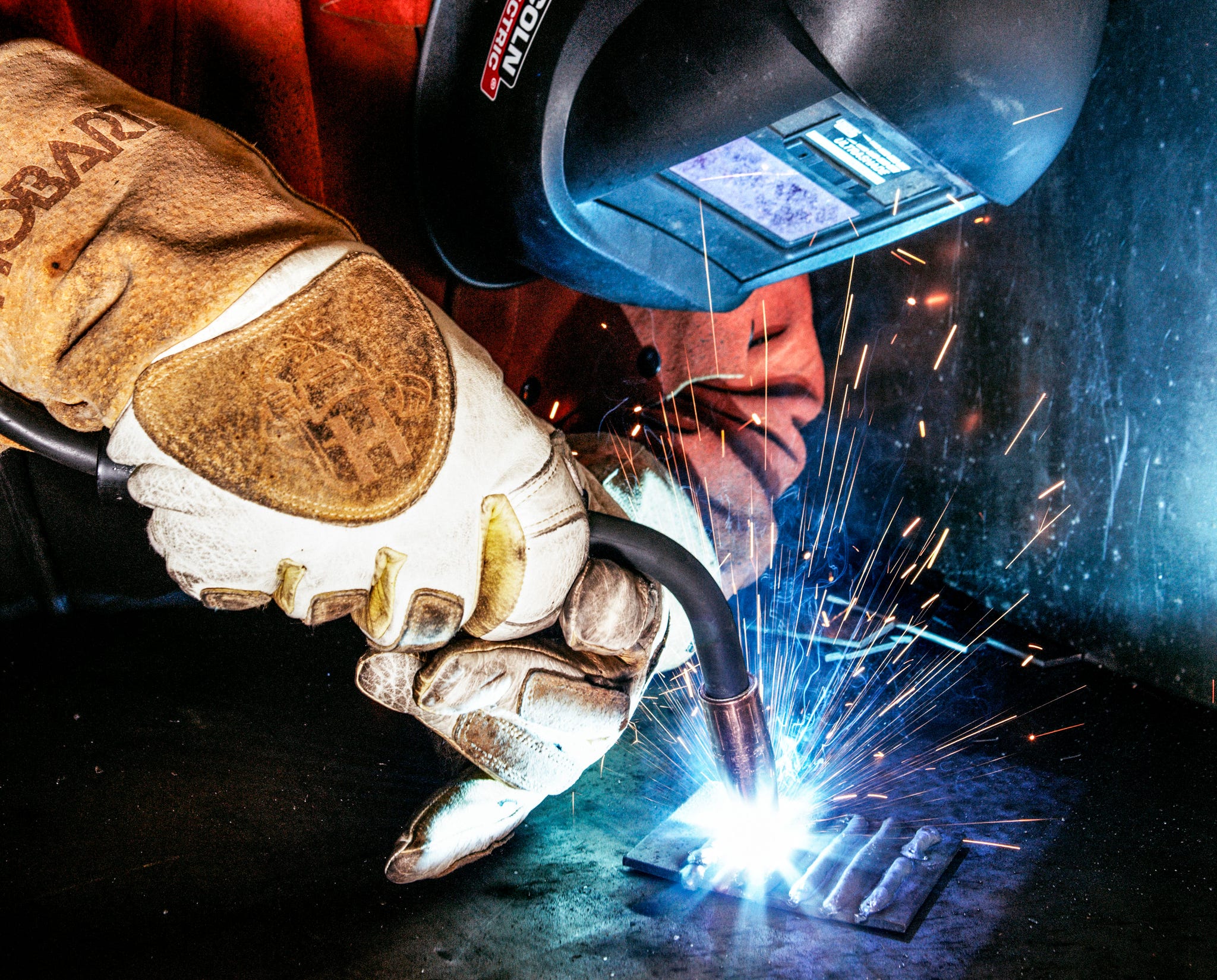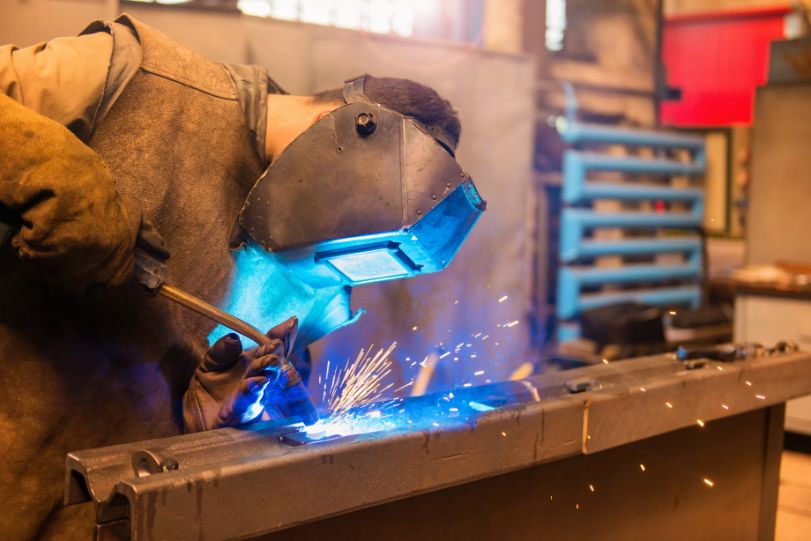Producing a Welding WPS: Step-by-Step Recommendations for Professionals
Producing a Welding WPS: Step-by-Step Recommendations for Professionals
Blog Article
The Ultimate Guide to Welding WPS Procedures: A Thorough Introduction for Welders
In the intricate globe of welding, Welding Treatment Specs (WPS) work as the foundation of making certain top quality, consistency, and safety and security in welding operations. Comprehending the subtleties of producing, applying, and checking WPS treatments is crucial for welders looking to boost their craft and fulfill sector standards. As we explore the numerous elements of a WPS and explore the complexities of qualification and certification, we will certainly uncover the important function these procedures play in the realm of welding. Allow's start a trip to decipher the complexities and importance of WPS procedures in welding methods.
Relevance of WPS Procedures
Recognizing the significance of Welding Procedure Specifications (WPS) procedures is vital for guaranteeing the high quality and honesty of bonded structures. WPS treatments offer as a roadmap for welders, detailing the required steps, parameters, and materials needed to accomplish an audio weld. By adhering to WPS guidelines, welders can make sure consistency in their job, causing structurally audio and trusted welds.
One of the key factors why WPS procedures are crucial is their duty in maintaining weld top quality and honesty. Following the specified welding specifications and strategies outlined in the WPS helps avoid issues such as porosity, cracking, or insufficient blend, which can compromise the toughness and durability of the weld.
Parts of a WPS
A Welding Treatment Specification (WPS) usually makes up necessary elements that detail the details needs for carrying out a weld, guaranteeing uniformity and high quality in the welding procedure. The key parts of a WPS include essential variables such as base steels, filler metals, preheat and interpass temperature levels, welding processes, shielding gases, welding positions, and post-weld warmth treatment needs.
Base steels describe the materials being signed up with, while filler metals are made use of to fill up the void between the base steels during welding. Preheat and interpass temperatures are essential for regulating the heat input and protecting against issues like breaking or distortion. The welding procedure describes the details technique to be utilized, whether it's gas steel arc welding (GMAW), shielded metal arc welding (SMAW), or an additional technique. Securing gases shield the weld pool from climatic contamination. Welding positions define the alignments in which welding can be performed. Post-weld warm therapy may be needed to relieve tensions and improve the weld's buildings. A thorough understanding of these elements is critical for creating a efficient and comprehensive WPS.

Credentials and Qualification
Having developed the crucial parts of a Welding Procedure Specification (WPS), the focus now moves towards the essential elements of qualification and accreditation in welding techniques.

Accreditation, on the other hand, is the official acknowledgment of a welder's qualifications by a pertinent certification body or company. Welding certifications are commonly based on the details welding processes, products, and placements a welder is qualified to collaborate with. Holding a legitimate welding certification shows that a welder fulfills sector criteria and is competent to do welding jobs to the required specs.
Developing a WPS
To establish a Welding Treatment Requirements (WPS) that meets sector standards, cautious factor to consider of welding procedures, materials, and operational specifications is essential (welding WPS). The very first step in creating a WPS is to identify the welding process to be used, such as gas steel arc welding (GMAW) or shielded steel arc welding (SMAW) When the welding process is figured out, the following crucial element is choosing the ideal materials, taking into consideration factors like base steel kind, density, and joint layout. Operational parameters such as welding current, voltage, travel speed, and protecting gas structure need to additionally be diligently specified in the WPS.

Implementing and Monitoring WPS
Upon completing the detailed Welding Treatment Requirements (WPS) that diligently information welding procedures, products, functional criteria, and top quality guarantee actions, the emphasis changes to successfully applying and keeping track of the well-known procedures. Execution entails making sure that all welders associated with the project recognize with the WPS and follow it thoroughly throughout the click reference welding procedure. This needs providing sufficient training and guidance to assure adherence to the specified treatments. Checking the WPS involves continuous oversight to validate that welding tasks line up with the documented specifications. Inspections, screening, and high quality control actions are crucial parts of the tracking process to recognize any kind of issues or discrepancies promptly. Normal audits and evaluations of the welding procedures aid in keeping consistency and top quality throughout the task. Reliable application and monitoring of the WPS are crucial for ensuring the honesty, stamina, and safety of the bonded joints, ultimately adding to the general success of the welding project.
Conclusion
To conclude, understanding and complying with Welding Treatment Specifications (WPS) is vital for welders to ensure high quality, uniformity, and safety and security in their job. By recognizing the parts of a WPS, obtaining proper credentials and accreditations, anchor producing detailed treatments, and executing and monitoring them successfully, welders can boost their skills and proficiency in welding techniques. Following WPS procedures is vital for producing premium welds and meeting industry requirements.
In the intricate world of welding, Welding Procedure Specifications (WPS) offer as the backbone of making certain top quality, consistency, and security in welding operations. The welding procedure details the certain method to be utilized, whether it's gas metal arc welding (GMAW), protected metal arc welding (SMAW), or one more technique.To establish a Welding Procedure Specification (WPS) that meets industry standards, mindful factor to consider of welding processes, materials, and functional specifications is important. The first step in developing a WPS is to recognize the welding procedure to be used, such as gas metal arc welding (GMAW) or protected metal arc welding (SMAW)Upon finalizing the comprehensive Welding Treatment Requirements (WPS) that thoroughly details welding processes, products, functional parameters, and quality guarantee procedures, the focus shifts to properly applying and keeping an eye on the recognized treatments.
Report this page